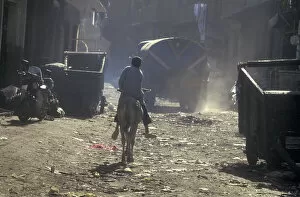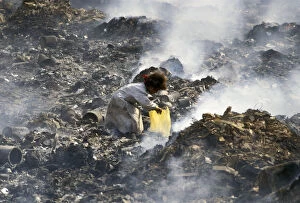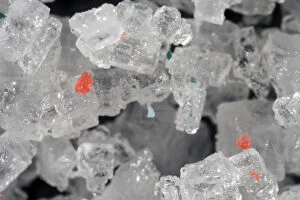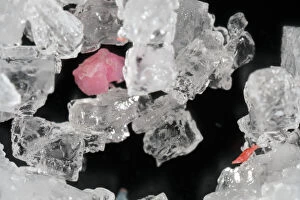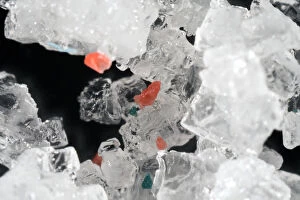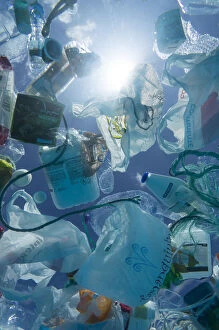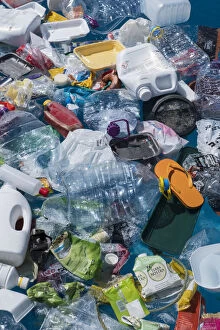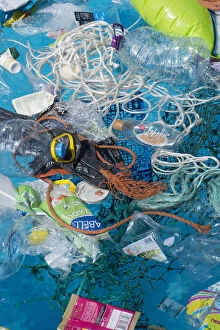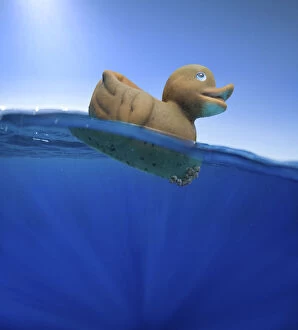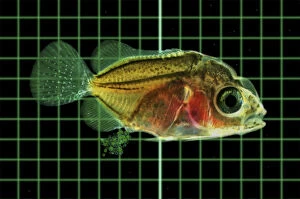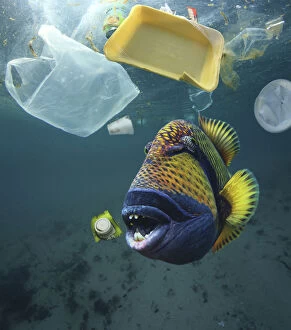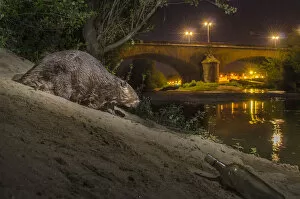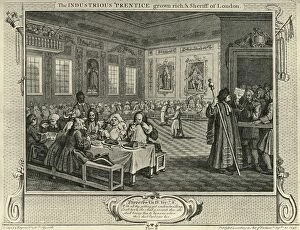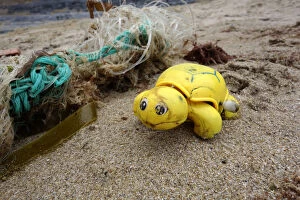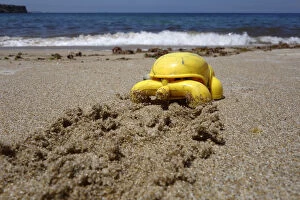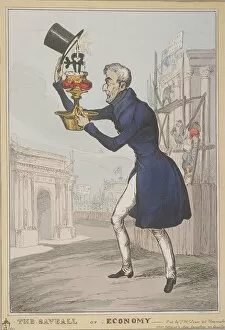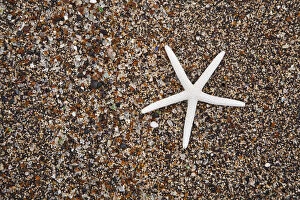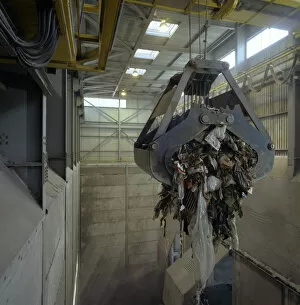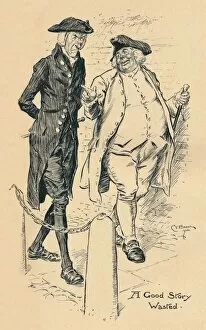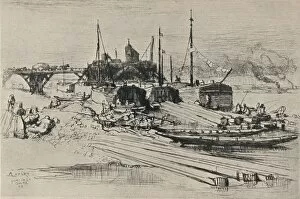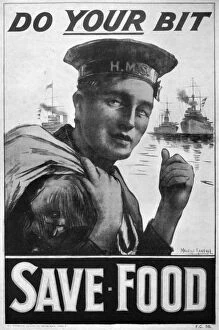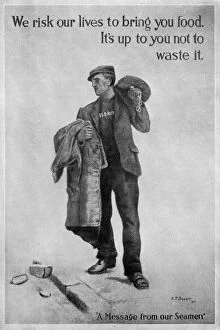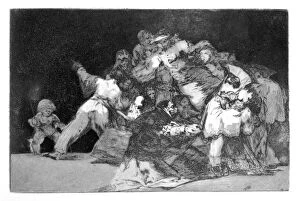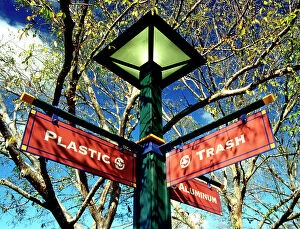Waste Collection (page 7)
"Waste: A Lesson in Resourcefulness" In times of scarcity, every bit counts
For sale as Licensed Images
Choose your image, Select your licence and Download the media
"Waste: A Lesson in Resourcefulness" In times of scarcity, every bit counts. This sentiment is echoed through the ages, as depicted by various posters and images throughout history. From wartime pig food posters to Victorian family rules, the message remains clear - waste not, want not. During World War I, when resources were limited, a poster urged families to save kitchen scraps to feed their hens. Not only did this practice provide sustenance for these feathered friends but also ensured that no food went to waste. Similarly, another poster encouraged individuals to keep pigs during wartime. These animals could be fed with leftover food scraps and ultimately contribute towards alleviating hunger in difficult times. The concept of minimizing waste extended beyond just food during those challenging periods. Wartime posters emphasized the importance of conserving clothes and spreading muck on arable fields using Valtra T151 tractors equipped with muck spreaders in England's countryside. Even during strikes like the one witnessed in South Wales in 1921, people resorted to picking coal from waste tips as a means of survival. Every piece salvaged was valuable fuel for warmth and cooking amidst harsh conditions. Fast forward to modern times; we are reminded once again not to squander precious resources through campaigns such as "Don't Waste Bread WWI" or "Waste not, want not - prepare for winter. " These slogans serve as timely reminders that our actions have consequences both environmentally and economically. Furthermore, recycling efforts continue today with initiatives like Redmayne & Isherwood collecting vehicle engine scrap metal for repurposing purposes. By diverting these materials from landfills into productive use once more, we reduce our impact on the environment while creating new opportunities for sustainability. Ultimately, these glimpses into history teach us an invaluable lesson about resourcefulness and responsible consumption. Whether it's saving kitchen scraps or reusing materials creatively – each small action contributes towards building a more sustainable future. Let us remember that waste is not just a company.


